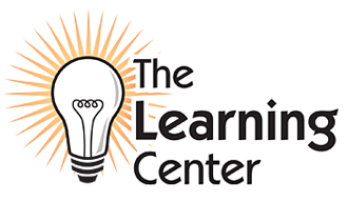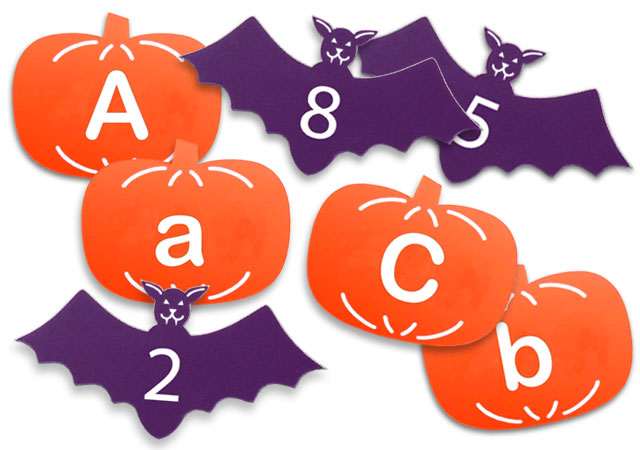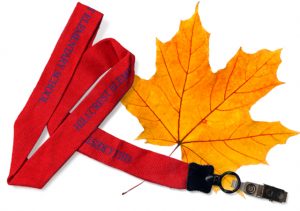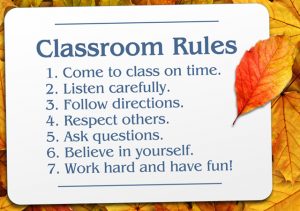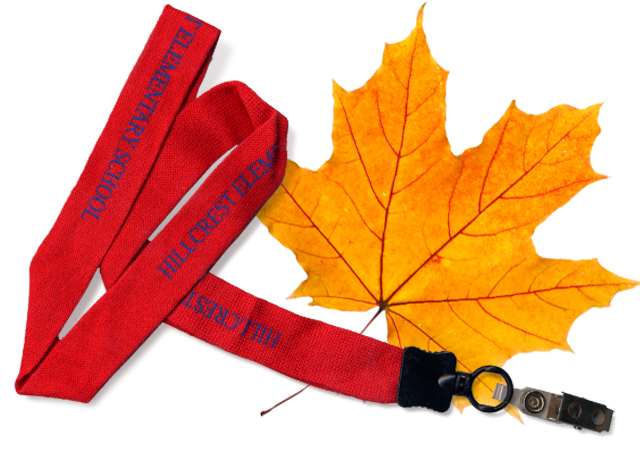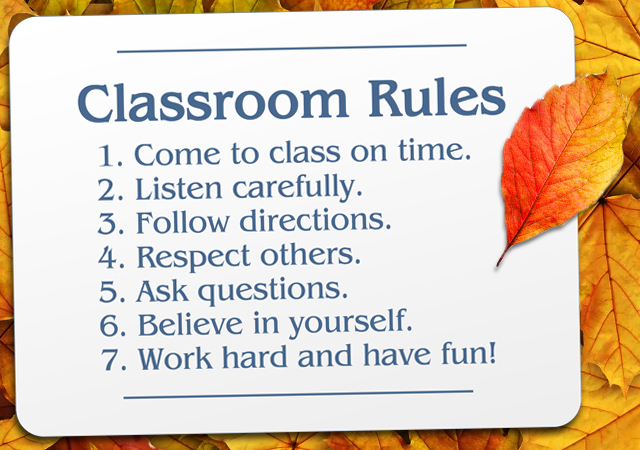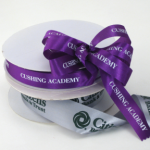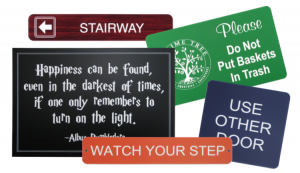Ask any parent what they think is the most important factor in a student’s success, and most will say a good and responsive teacher. Ask that same thing to a teacher, and they will say that student success depends on a parent’s involvement. But only by working together will parents and teachers help students succeed to make each child’s educational experience the very best it can be.
Getting involved in a student’s education is important to their success. In addition to teachers and students, parents can help support their children and be involved in the classroom. Through parent organizations, parents and the community help to provide support to every student.

These PTOs and PTAs (Parent Teacher Organizations/Associations) are groups of parents and other community members that are working together toward excellence in education. When people become active in these organizations, they will learn much about what it takes to help students succeed. And only when everyone is involved will kids succeed.
While many things help aid a child’s educational success, research shows that students show significant improvement when parents are highly involved. Due to the critical role both parents and teachers play in a child’s education, here are some tips on how parents can support the efforts of teachers in the classroom.
Parents and Teachers can Network to Reach Student Success
The start of a new school year can be the beginning of a journey toward success when parents, students and teachers work together. Research continually shows that students flourish when everyone comes together and gets involved. When a child knows that people care, they are more likely to attend school more regularly, stay in school longer and perform at higher levels. Family support can make or break a student’s education.
With school back in session and autumn approaching, there is one question looming over every teacher, parent and student: how can we help our students be successful this year? Teachers, parents and students are hoping for the best possible outcome. Teachers are preparing lesson plans and prepping classrooms, hoping they will not have to deal with virtual learning. Parents need help with how to help their children in a traditional classroom or through homeschooling. The students are stressing about succeeding at school and with their peers.
Parents can start talking with their children about the upcoming school year and what will happen on the first day of classes. This discussion should include what is expected from the student, such as dress codes, school supplies and how to treat peers and teachers. If the family is new to the area or school, visit the school before classes begin. Make it a point to speak with teachers and the administration. Walk or drive the way to the school so your child can be more familiar with the trip to and from school. The more everyone knows about the school and how it operates, the more likely your children will succeed.
Working Together for a Supportive Network
Parents, teachers and the community collaborate to create a supportive network around students. Regular communication between teachers and parents ensures that everyone is on the same page regarding the students’ needs and progress.
- Students: They are at the center of the education system and the primary beneficiaries. Their active engagement and willingness to learn are crucial for the success of the educational process.
- Parents: Parents play a vital role in supporting their children’s education. They provide emotional support, encouragement and a conducive learning environment at home. They communicate with teachers to stay updated on their child’s progress and collaborate to address any learning challenges.
- Teachers: Facilitators of learning, teachers are responsible for delivering knowledge, guiding students’ growth and creating a positive and engaging classroom environment.
- Community: The community plays a crucial role in supporting education. Local businesses and organizations can serve as sponsors, providing funding for school programs, scholarships or resources like books and technology. They can also offer internships, career guidance and support extracurricular activities.
- Parent-Teacher Association (PTA) & Parent-Teacher Organization (PTO): Formed by parents and teachers to work together, these organizations help in enhancing the educational experience. They organize events, fundraisers and workshops, promoting communication and collaboration between parents and educators.
Overall, the collaboration between students, teachers, parents, the community and various stakeholders creates a holistic and supportive educational ecosystem, fostering the growth and success of students in their academic journey and beyond.
One more tip (from UEA)
Set aside time for studying every night. Discuss with your child what time of day would work best. Right after school? Just before dinner? Before bedtime? Adjust the schedule as needed to accommodate extracurricular activities. If your child attends an after-school program, find out if students will be expected to do homework there. If your child completes homework assignments away from home, plan to review the work together every night. If there is no homework assignment, have the child use study time for reading or reviewing problem areas.
And don’t forget – whether it’s a bedroom desk or the kitchen table, every child needs a regular place to study and complete homework. This area should be well lit and equipped with school supplies like paper, pencils and a dictionary.
Parents and Teachers Building the Ultimate Classroom
Teaching and learning shouldn’t only occur in a classroom. The reality is that students learn better when everyone (parents, teachers and even the community) partners together to build a learning environment. Everyone needs to work together and be held accountable for a student’s success.
Parent engagement is central to education. They are the ones who will continue teaching their children long after they’re out of class. – Nitzah Santiago-McRae, Aspiring Educator (NEA)
Strong partnerships between teachers, parents and community members, are among the greatest needs in most public education systems. When parents are willing to help teachers both inside the classroom and outside, everyone has a better chance at succeeding. Parents need to be willing to help continue classroom education in their homes and other places. When students continually set their minds to learning, not only are they more likely to succeed, but they are also more likely to thrive in life.
PTAs are built specifically for this purpose. They work together with everyone in the education process to keep things running smoothly. Everyone has a role to play in supporting learning in the classroom and beyond. When appropriate, invite parents and community partners to advocate for educators with decision makers. Remind the public that you are fighting for things that impact children and educators.
Parents, make time to meet and get to know your child’s teachers. Let the teachers know that you appreciate feedback on your child’s progress – both positive and negative – and that you will follow through at home. Alert teachers to medical or other problems that may affect your child’s ability to learn. Make a point of meeting the principal, school secretary, bus driver, cafeteria staff and others who work at the school. The better you know the school and how it operates, the more likely your child will be to have a productive and positive school experience.
Identification in Education: Photo ID and Lanyard Best Uses
Name tags, lanyards and other identification will help in any educational setting. We have every solution you need, from quick adhesive badges for volunteers to the always classy photo ID. Schools frequently use name tags to identify teachers, lanyards to support school spirit and badge holders for PTA events.
Giving teachers and other staff photo identification enhances your school’s safety. Use them with matching lanyards to provide easy visual identification for those who belong within the school. This also makes it easier to quickly identify any outsiders that may come into the school, including volunteers and parents.
Most schools require that teachers and staff wear identification while on campus. Not only do these name tags provide quick identification for teachers and other staff, but they also provide a way to allow people into the building securely. Adding photos to name tags makes it super easy for school administration to quickly know who belongs and who doesn’t. It also helps students find their teachers and other staff who can help them in their learning.
These two products go together so well that it just makes sense to get lanyards when you order photo ID badges for your teachers. Adding photos, names, titles and even grade levels is important. And pairing them with lanyards is even better. No matter a staff member’s position, matching lanyards and photo ID badges are the perfect way to keep everyone identified. Not only does photo identification help increase your security measures, but upgrading with a lanyard ensures instant access to those badges.
Photo ID Badges
One of the most important features of a photo ID badge is the security it offers. Providing employees with a picture and a name and title makes sure that the proper people are entering and exiting your building. Quickly and easily identify someone with photos and provide security in the workplace. Fully customize each badge by selecting the orientation and fastener (deluxe magnet, pin or a variety of other fasteners, including punched slots.
Custom Lanyards
Choose from various styles, colors and options that will best suit your lanyard needs. From full color printing to simple cords, we have a lanyard that will fit your style and you can customize most of them to match school colors and add logos or mascots. And don’t limit yourself to thinking they are only for identification. These colorful lanyards will help to promote school spirit for students. They also provide easy access to key cards all at the same time.
Getting Involved
Education involves more than just the student. Everyone can play essential roles in supporting the learning environment. The start of a new school year can be the beginning of a journey toward success. Especially when parents, students and teachers work together.

When students and staff wear name tags, it becomes easier for them to start up conversations and build connections. Name tags act as quick and friendly introductions, and they break down any barriers that occur when new people meet. This creates a warmer and more inclusive atmosphere. By seeing each other’s names, everyone at school can address each other personally. This simple act will create better social interactions and help to promote a sense of belonging among scholars.
